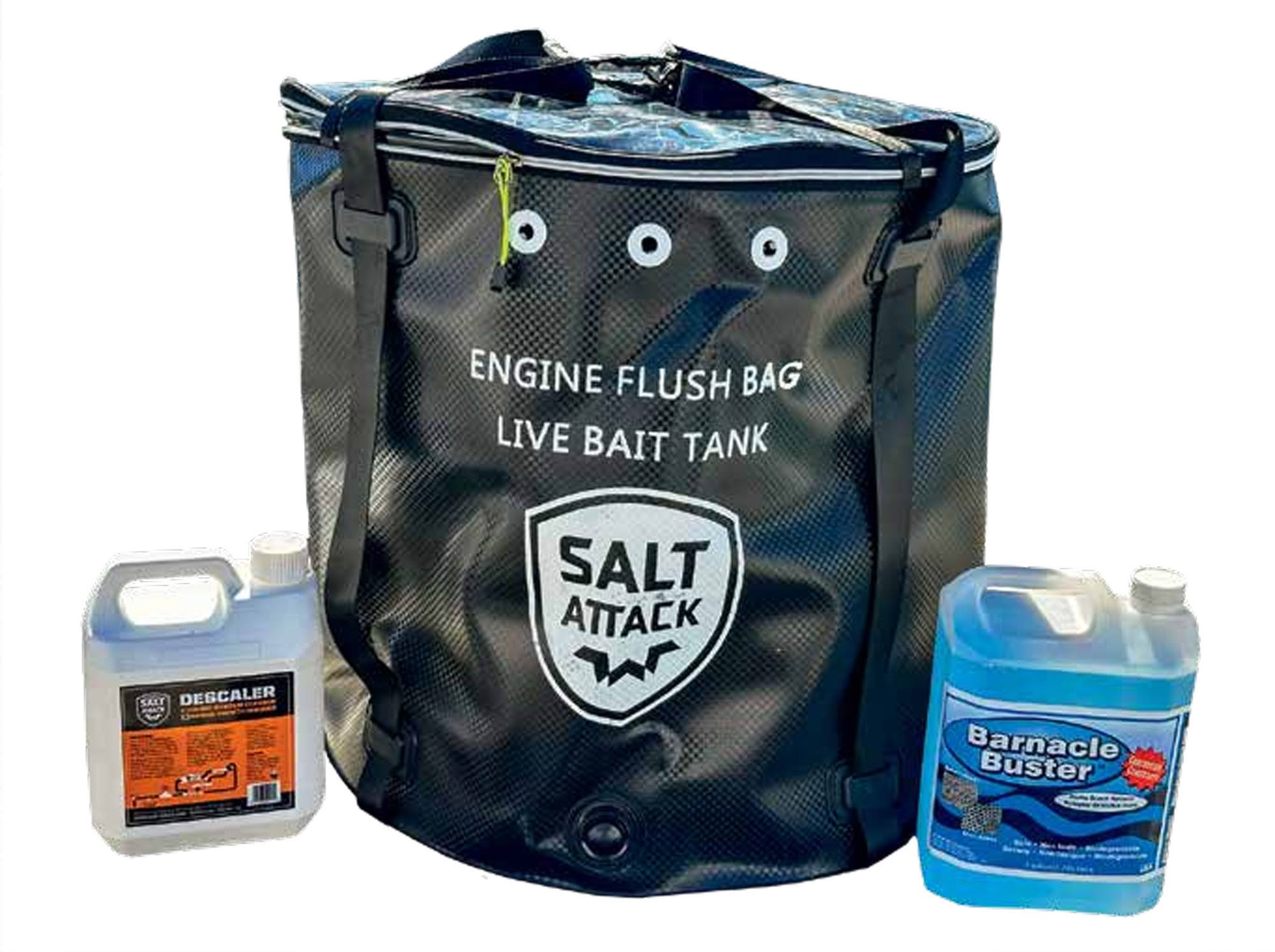

Hydraulic steering is one of those largely-ignored systems on boats that rarely makes the routine maintenance list. But it does need a little TLC, even if infrequently, explains Norman Holtzhausen.
Typically, the first clue that your hydraulic steering system is not entirely happy is ‘feel’ – if it feels sloppy, spongy, slow to respond – chances are it needs a tune-up/ repair. Maybe it used to be three turns lock-to-lock – now it’s five?
The probable culprit, says Lachlan Trembath, director of Westhaven’s Ovlov Marine, is air in the system or insufficient oil – or both. But there are multiple possible causes behind these issues.
“A hydraulic steering system comprises three components: a pump (with an integrated reservoir for the oil), a ram actuating a rudder or outboard engine, and flexible hoses that move the oil between the pump and the ram. Problems (leaks) can afflict all of these.”

The best place to start trouble-shooting your system, he says, is at the helm, where the oil reservoir is located. “Remove the reservoir’s vented cap and check the level. You might be able to peer into the opening, but if not insert a dip-stick (screwdriver) into the hole. If the fluid’s low, top it up using the manufacturer’s recommended product.”
Insufficient fluid in the pump usually manifests as ‘notchy’ steering – it shudders as you turn the helm. That’s because the individual pistons are grabbing air rather than fluid.
And while you’re at the helm pump… Are there any obvious signs of leaking oil from the connectors? If the oil level’s OK, check its condition. Hydraulic fluid is clear, light-coloured and virtually odourless. If it’s dirty, milky or smelly, the system will have to be flushed and the oil replaced.

Contamination could be the result of abrasive dirt/ debris that’s entered the steering system when it was initially installed. But dirty oil could also be caused by metal particles from a tired pump and/or ram. In this event you may be looking at a pump/ram overhaul or replacement.
Milky fluid suggests there is water in the system. The best solution is to flush the entire system and replace the oil.
NOTE: While bleeding a boat’s hydraulic steering is within the abilities of a competent DIYer, it’s usually a laborious, messy job. Best take it to a professional where a purging kit makes short work of a flush, refill and bleed.
THE STEERING RAM
Carefully examine the ram’s stainless steel shaft. It should never be wet with oil. If it is, wipe it dry, turn the helm from side to side and check it again. If the shaft is wet again, you have leaking seals and they will need to be replaced. As rubber ages, system components get hard and brittle – seals wear out.

Also check that the shaft is smooth and unscored – free of pitting or corrosion. On trailer boats particularly, the hydraulic ram and its shaft are exposed to salt and sand which could cause scoring. Oil will leak past a scored/pitted shaft, no matter how good the seal.
LEAKING HOSES
Hoses are usually pretty reliable – a leak is generally a result of physical damage to the hose. If you can remove the hose (remember to drain the hose fluid into a container, as well as catch the run-out from the rest of the system) take it to a hose specialist for repair or replacement. They use high-pressure crimping tools.

AIR IN THE LINE
Perhaps the most common problem. Air has somehow managed to get into the system. If the steering bounces back after turning it hard in either direction, it’s a sign of trapped air. Worn seals, cracked hoses and loose/damaged fittings are typical culprits. Again, after any of these issues is addressed, the system will need to be purged of air (bleeding).
Note that difficult steering might also be caused by pump size: a larger-volume pump will have fewer turns lock-to-lock and make for quicker manoeuvring. But this comes at the cost of additional effort – you might need a power-assist solution.
Again, if everything on your steering checks out A1OK and it’s still a beast to handle, ask a dealer to assess your system.




